!DANGER!
A Lasercutter is a very dangerous device. Not only the laser can destroy your eyes if you handle it the wrong way. The fumes, especially while cutting or engraving wood, contain carbon monoxide. Carbon monoxide is known as "silent killer". The colorless gas doesn't smell. It's not aching in your throat while inhaling. It can diffuse though walls and is more or less the same weight as air which means it can go everywhere.
I now attached a filter and a blower to my laser cutter. The char coal filter is doing a great job. Most fumes are adsorbing to the char coal there is no smell anymore at the exhaust. Especially this makes the fume extractor dangerous if it's not completely air tight and being operated indoors. Unfortunately I was a little bit careless at saturday and inhaled a little bit of the carbon monoxide gas. I became dizzy immediatelyand felt awkward. I immediately turned off the cutter by pushing the emergency stop button and ran away from that machine. That was a really unpleasant feeling - and dangerous!
So please be advised, that a laser cutter provides visible and invisible danger and can harm you really bad! If you want to filter the gas using char coal filters, please use a CO - Detector or any monitoring of CO gas (carbon monoxide) while working. Never ever use a laser cutter at home. After a cutting or engraving process was done give the fume extractor some time to remove all fumes. Never open the lid while cutting else you could be exposed to poisonous gas.
Only work outside and use a blower to get the fumes out of the device as quickly as possible. Stay away from the exhaust pipe. This is nothing for children to play with.
 Jack Pearse
Jack Pearse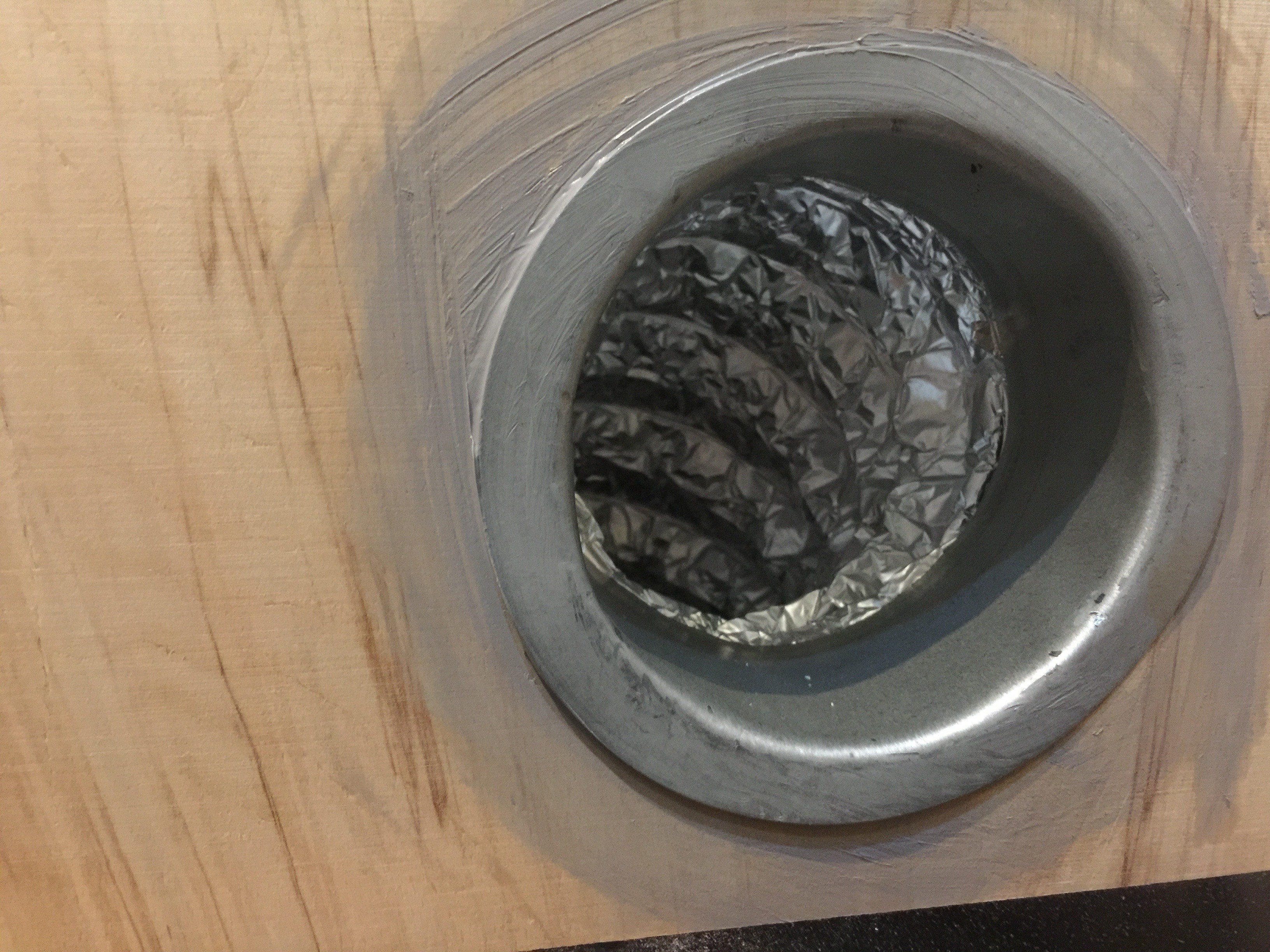
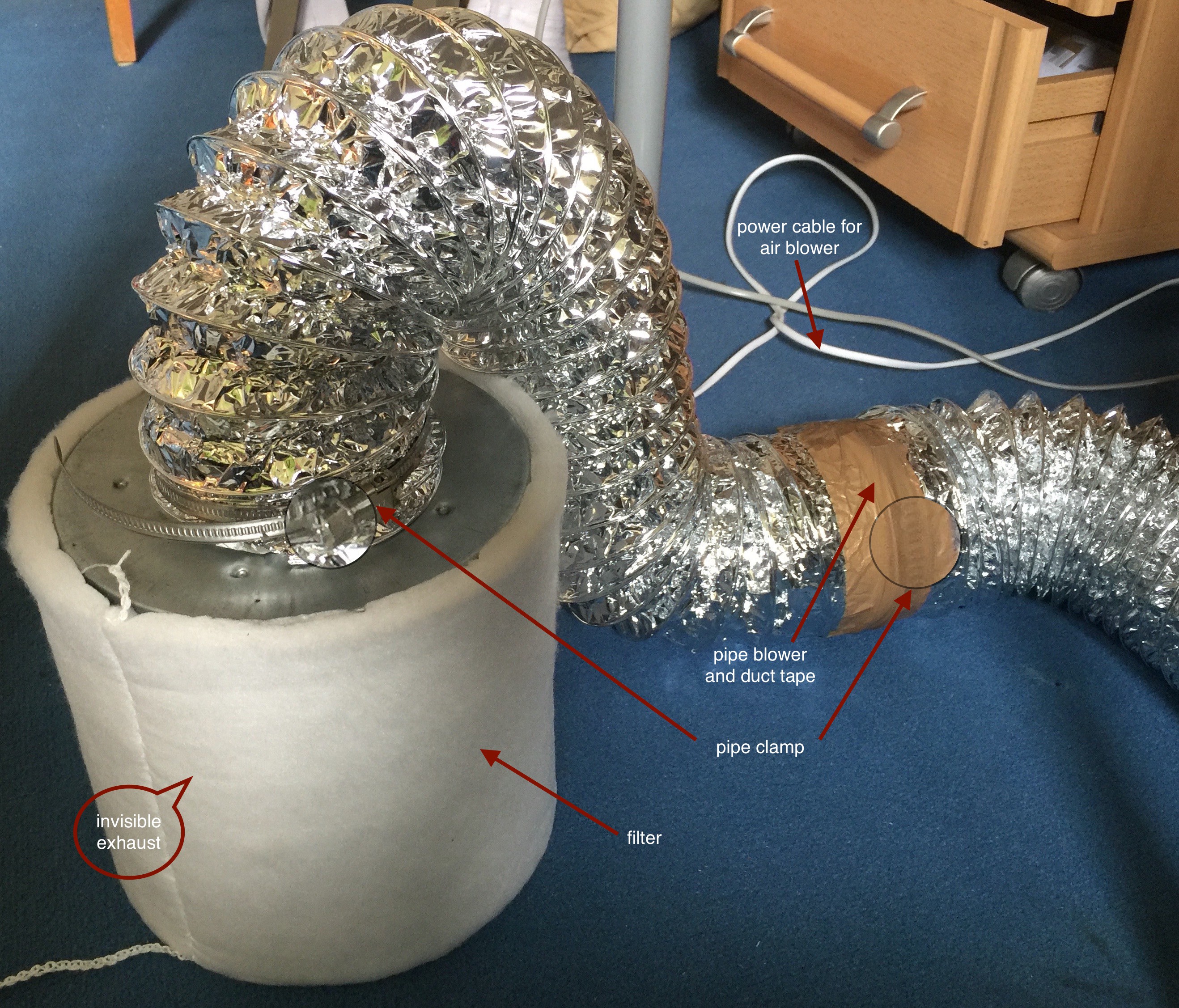
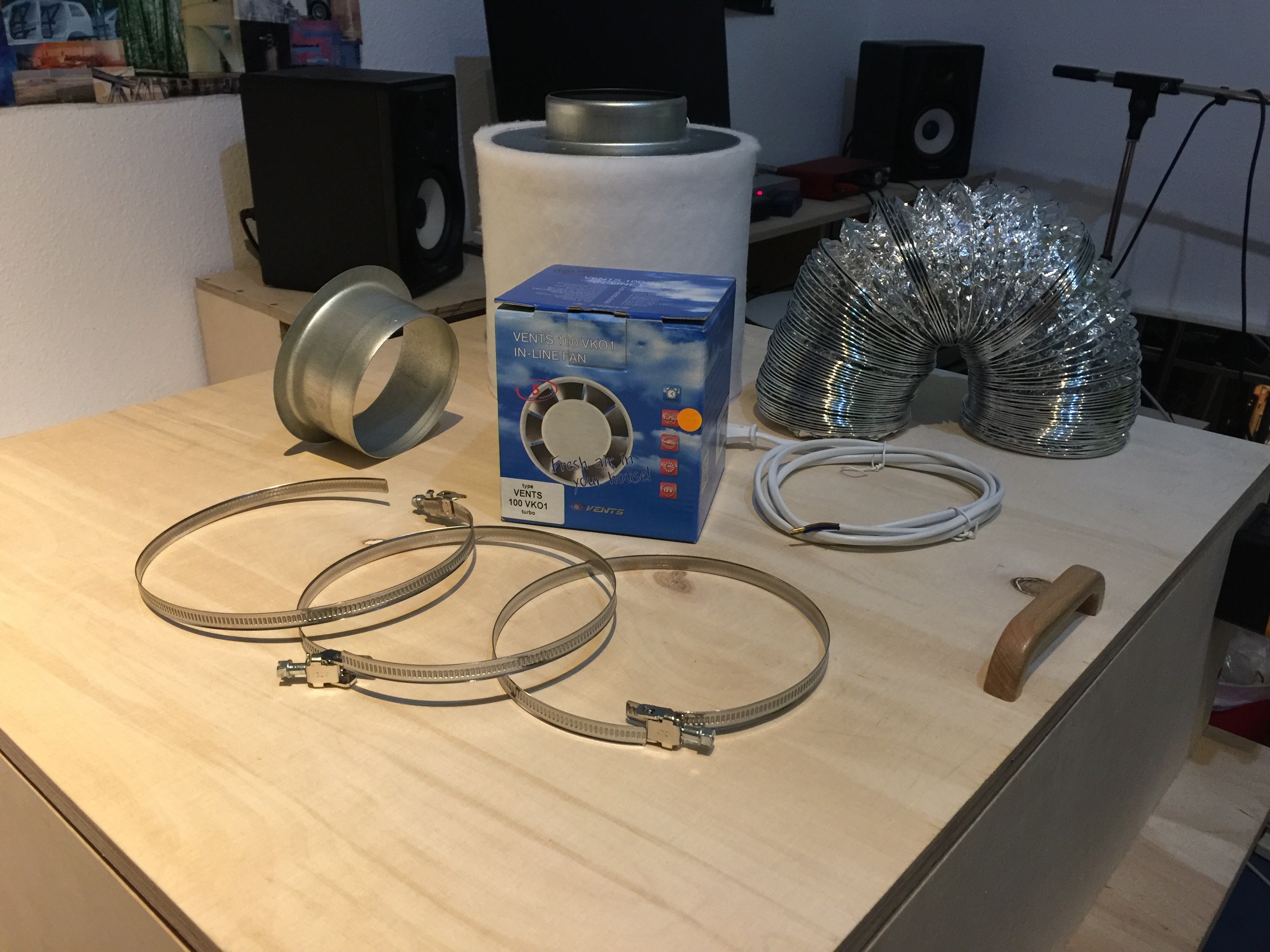

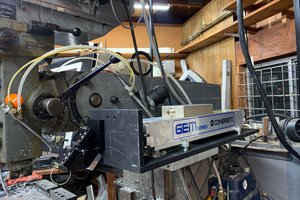
 Jerry Biehler
Jerry Biehler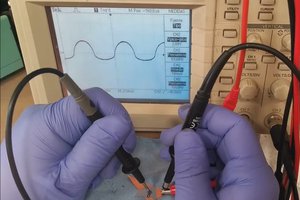
 Nixie
Nixie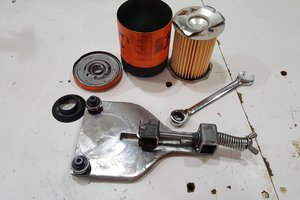
 BreeStephany
BreeStephany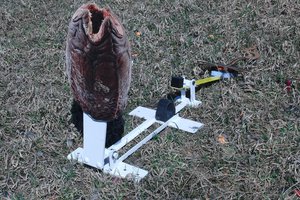
 Minimum Effective Dose
Minimum Effective Dose
HI, what are the dimensions and airflow specs of the filter you bought?